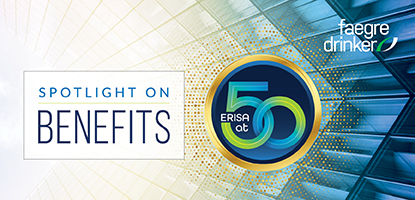On September 16, 2025, the Internal Revenue Service (IRS) published final rules on the Roth catch-up contribution requirements of SECURE 2.0 Act (Final Rules). Many of the requirements from the proposed rules are retained, although there have been some changes to try and ease plan administrative issues.
Background on Roth Catch-Up Contribution Changes
Section 603 of the SECURE 2.0 Act requires catch-up contributions to be made as after-tax Roth contributions if the contributing employee received wages in the prior calendar year that exceed $145,000 (and as adjusted for inflation). The definition of wages is defined as FICA wages. All eligible participants must have the opportunity to elect Roth catch-up contributions (and Roth cannot be limited to just those employees earning above the $145,000 wage limit as adjusted).
Continue reading “IRS Issues Final Roth Catch-up Rules and What You Need to Know”

